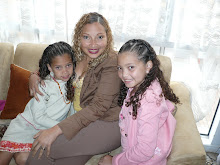How can you recognize it?
Example:
- It is formed by a subject, the verb be, the main verb of the sentence modified with the ing form and a complement.
- She is walking along the beach.
What is it used for?
- It is useful at the time to write or talk about actions which are carried out in the same moment they are described. - It is also useful for informing about short-time projects.
Example:
- I'm cooking and she's having a bath. - We're leaving for Rome next week.
SPELLING RULES FOR THE ING FORM:
· We normally leave out e before ing. Eg. Lose - Losing. But we keep a doble e before ing. Eg. See - seeing
· We double some consonants. Eg. Stop - Stopping (doubling happens in a one-syllable word that ends with a single vowel and a single consonant). Eg. Put - Putting
· We do not double y,w or x. Eg. Stay – Staying
· We do not double when there are two consonants at the end of the word. Eg. Work - working
· We do not double when there are two vowels. Eg. Keep - Keeping
STRUCTURES:
POSITIVE: Pronoun + to be (present) + verb (ing) + complement
I am playing soccer
NEGATIVE: Pronoun + to be (present) + not + verb (ing)+ complement
I am not playing soccer. I´m not playing soccer
QUESTIONS: To be (present) + pronoun + verb (ing) + complement + ?
Are you playing soccer?
domingo, 3 de mayo de 2009
Suscribirse a:
Enviar comentarios (Atom)

No hay comentarios:
Publicar un comentario